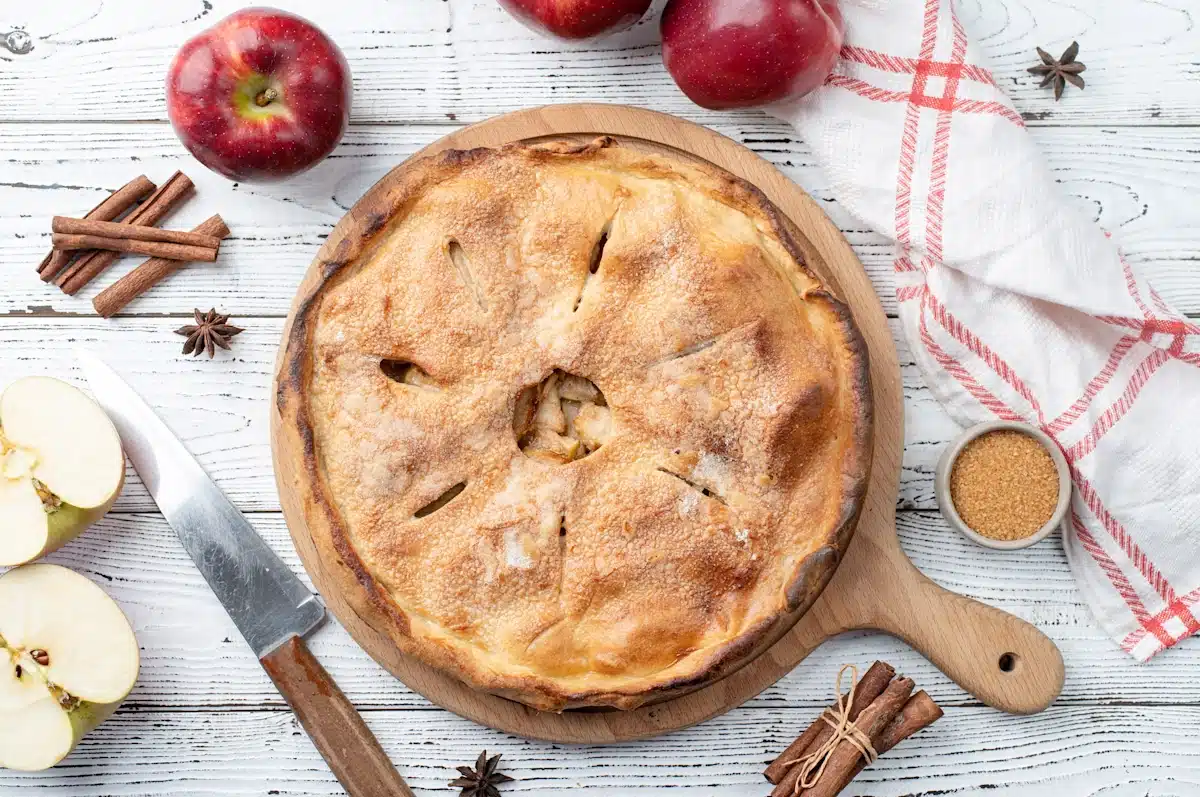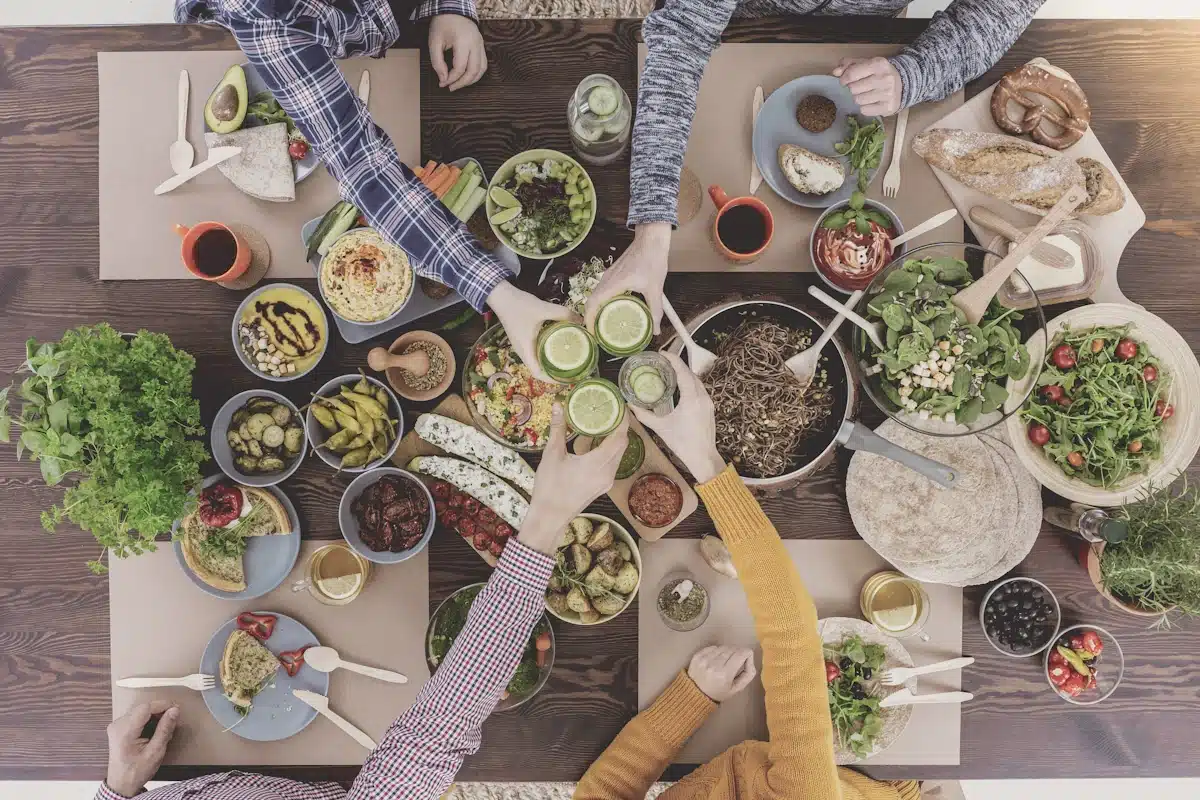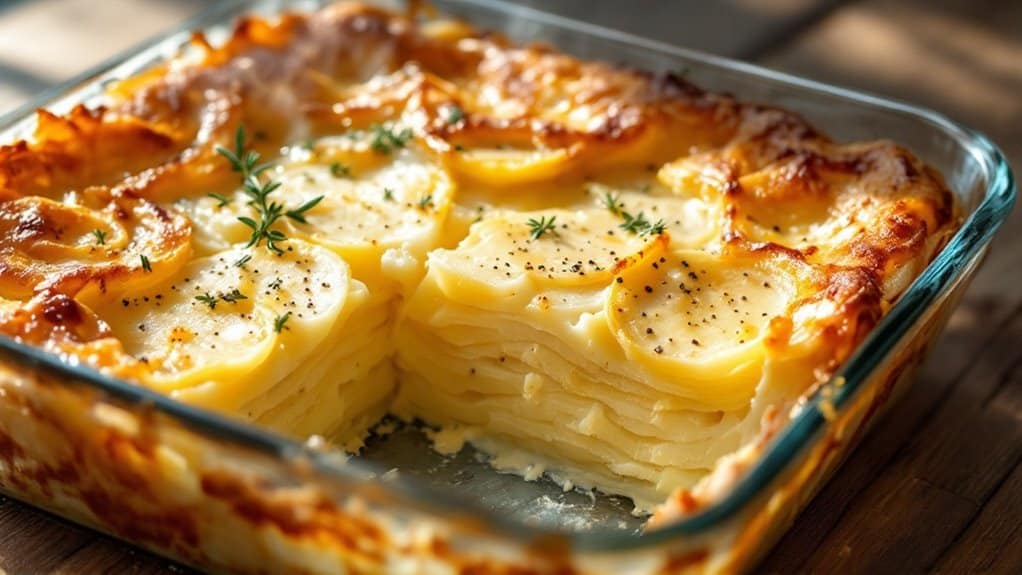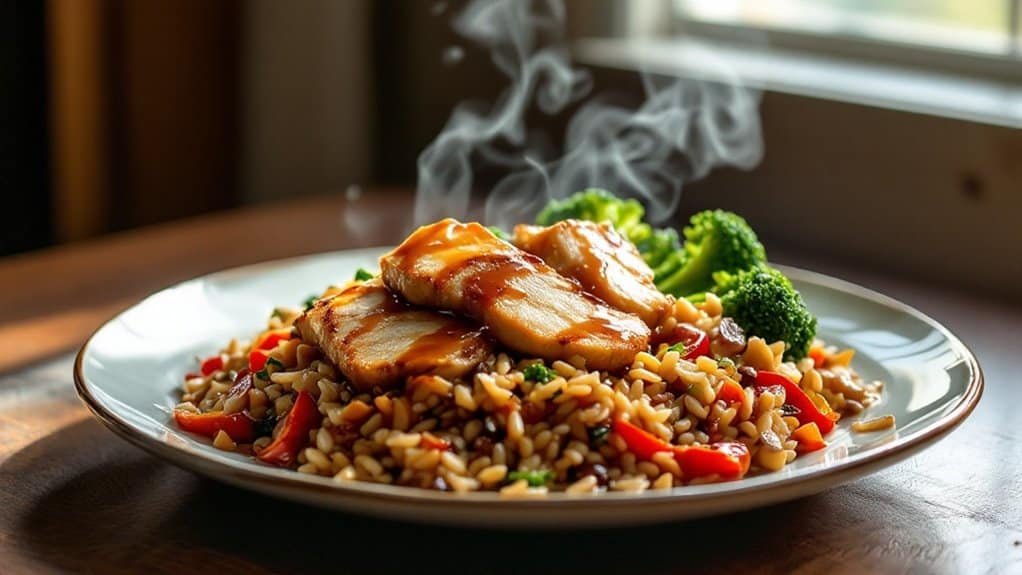Have you ever wondered how to transform your neighbourhood into a thriving, close-knit community? Look no further than the humble neighbourhood lunch! This age-old tradition is more than just a meal; it’s a powerful catalyst for connection, cultural exchange, and lasting memories. Let’s explore how to host a neighbourly lunch with everyone talking long after the dishes are cleared.
In this Article

The Magic of Breaking Bread Together
Neighbourhood lunches are a celebration of diversity and unity. When you gather around a table with your neighbours, you’re not just sharing food – you’re sharing stories, traditions, and a piece of yourselves.
Cultural Tapestry on a Plate
Imagine a spread where Italian pasta sits next to spicy Indian curries, and homemade Mexican enchiladas complement American apple pie. Each dish tells a story of heritage and home, creating a delicious mosaic of your community’s diversity.
Beyond the Plate: Building Connections
These gatherings foster relationships that extend far beyond the dining table. They create a sense of belonging and mutual understanding, turning strangers into friends and acquaintances into confidants.
Planning Your Neighbourhood Feast
Organizing a successful neighbourhood lunch requires thoughtful planning and a dash of creativity. Here’s how to make your event a hit:
Choose the Perfect Setting
Select a location that’s easily accessible and comfortable for everyone. Your backyard, a local park, or even rotating between neighbours’ homes can work wonderfully.
Craft an Irresistible Menu
Embrace seasonal ingredients to keep your lunch fresh and exciting. Consider dietary restrictions to ensure everyone feels included. A buffet-style setup encourages mingling and allows guests to sample various dishes.
Send Personalized Invitations
Design invitations that set the tone for your gathering. Personal touches make your neighbours feel special and eagerly anticipated.
Benefits Beyond the Meal
Neighbourhood lunches offer a feast of advantages that nourish both body and community:
Sustainable Dining
By sharing meals locally, you’re promoting food sustainability. Using locally sourced ingredients reduces carbon footprints, and sharing leftovers minimizes waste.

Cultural Exchange
These gatherings are a delicious way to broaden horizons. You’ll taste new flavours, learn about diverse culinary traditions, and gain a deeper appreciation for different cultures.
Strengthening Community Fabric
The connections formed over shared meals create a more robust, resilient neighbourhood. These bonds can increase safety, support networks, and a more vibrant local community.
Certainly! I’ll integrate these unique themes and activities into the “Ideas for Neighborly Lunch Menus” section, enhancing it with more creative and engaging content.
Ideas for Neighbourly Lunch Menus
When planning your neighbourly lunch menu, think beyond traditional potlucks. Embrace creativity and diversity to make your gathering truly memorable. Here are some exciting ideas to inspire your next community meal:
Seasonal Sensations
Embrace seasonal ingredients to keep your lunch fresh and exciting. In summer, offer crisp, colourful salads and grilled vegetables. Fall calls for warming soups and hearty stews. Winter is perfect for comforting roasts, while spring brings vibrant veggie stir-fries. This approach not only ensures fresh flavours but also promotes sustainability.
Cultural Food Festival
Transform your lunch into a celebration of diversity. Encourage neighbours to prepare and share traditional dishes from their heritage. You might find Italian pasta alongside Indian curries and Mexican enchiladas next to American apple pie. This culinary journey promotes cultural exchange and deepens community bonds.
Interactive Food Stations
Set up DIY food stations to encourage mingling and personalization. A build-your-own taco bar or a customizable salad station allows guests to create meals that suit their tastes and dietary needs. This approach is not only fun but also accommodates various eating preferences.
Themed Menus
Consider organizing your lunch around a specific theme:
- Farmers Market Feast: Use ingredients sourced from local markets or home gardens.
- “Wish I Were There” Travel Favourites: Recreate dishes from favourite vacations.
- Heritage Meal Sharing: Each neighbour brings a dish reflecting their family background.
These themes create excitement and encourage storytelling, fostering more profound connections.
Cooking Competition
Spice up your lunch with a friendly cooking contest. Categories like “Best Dessert” or “Most Creative Use of a Local Ingredient” can inspire culinary creativity, adding a fun, competitive edge to your gathering.
Remember always to consider dietary restrictions when planning your menu. Offer gluten-free, vegan, and dairy-free options to ensure everyone feels included. Various dishes accommodate different needs and introduce neighbours to new flavours and cooking styles.
By incorporating these ideas, your neighbourly lunch can become more than a meal. It transforms into a vibrant celebration of community, culture, and culinary creativity, strengthening bonds and creating lasting memories.
Innovative Ideas for Community Building Through Food
Take your neighbourhood lunches to the next level with these creative ideas:
- Organize a potluck showcasing family traditions and cultural specialties.
- Start a communal garden to grow fresh produce for shared meals.
- Host cooking classes to exchange culinary skills and recipes.
- Initiate food swaps to diversify pantries and share homemade goodies.
Conclusion
Neighborhood lunches are more than just meals; they’re the secret ingredient to creating a vibrant, connected community. By sharing food, stories, and laughter with your neighbours, you’re not just filling bellies – you’re nourishing souls and building a stronger, more unified neighbourhood. So, roll up your sleeves, dust off those recipes, and prepare to serve a heaping portion of community spirit. Your neighbourhood isn’t just hungry for it; it’s starving for the connections and warmth only a shared meal can provide.









